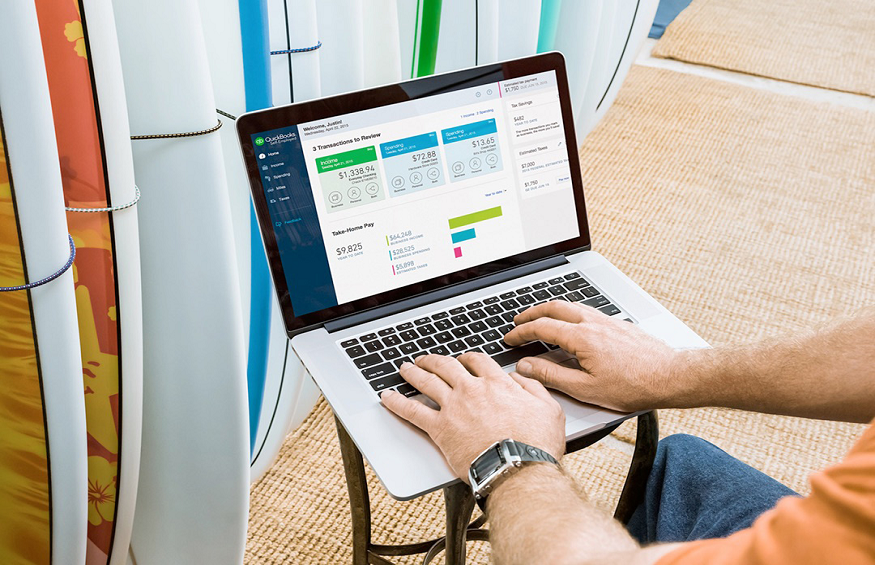Right now is an excellent time to be in the smart home industry. According to the latest statistics, the U.S. is now home to more than 258 million smart homes. Half of all U.S. households have at least one smart home device, and 23% of all households with broadband internet have at least three smart devices. What about homes with 4G rural internet?
Homes located in areas not served by wired broadband are not completely cut off from the internet. Homeowners can get their internet through satellite companies or 4G internet providers. Blazing Hog is a company that offers the latter. Their 4G LTE internet service competes with satellite service in areas where broadband does not exist.
Can home automation work well enough in a house on 4G internet? That depends on a number of factors. A homeowner would have to give it a try and see how it worked out. The good news is that rural internet providers are gradually introducing smart home devices into their packages.
How Smart Homes Work
A smart home is defined as one equipped with at least a couple of smart devices. Typical smart devices include smart speakers (Google Home, Amazon Echo, etc.), smart thermostats, and smart lighting. All these devices are considered smart because they can be automated and controlled remotely.
In terms of control, there are two things to consider. First is a home’s wireless network. In any smart home, devices are controlled either by a centralized hub or individual apps. They all connect over a wi-fi network. As long as you are controlling devices from inside your home, the signals never leave your network.
On the other hand, controlling devices from outside the home requires internet access. Through an internet connection, you can log in to your smart home from almost anywhere in the world. Signals traveling back and forth over the internet allowing you to turn your lights on and off, lock and unlock the front door, view security camera footage, etc.
Accessing Remote Data
A smart home system does have to access remote data from time to time, even when you are home and on your network. If you were to ask your smart speaker to read the news headlines to you, it would have to get those headlines from the internet. This is worth mentioning because a top-of-the-line smart home system really needs a strong internet connection.
This is where you might run into trouble with rural internet. Both satellite and 4G internet are affected by things like weather and natural obstructions. Though long-term outages are rare, short-term outages do occur. There is also the latency issue to consider.
Think of latency as delay. One of the primary causes of burdensome latency is distance. Just by their nature, satellite and 4G rural internet solutions are very susceptible to latency. The farther the distance between a home and either the satellite or cell tower, the worse latency becomes.
Possible But Not Optimal
In the end, it is possible to set up a smart home powered by 4G rural internet. Latency makes going with 4G a better option than satellite. However, neither choice is optimal when compared to wired broadband. The fact is that smart homes rely heavily on strong internet connections. Rural internet solutions do not necessarily provide strong signals on a consistent basis.
That said, companies like Blazing Hog are working on the problem. They may eventually get to the point where smart homes work just as well in rural areas as they do in big cities. That would be awesome, by the way.




